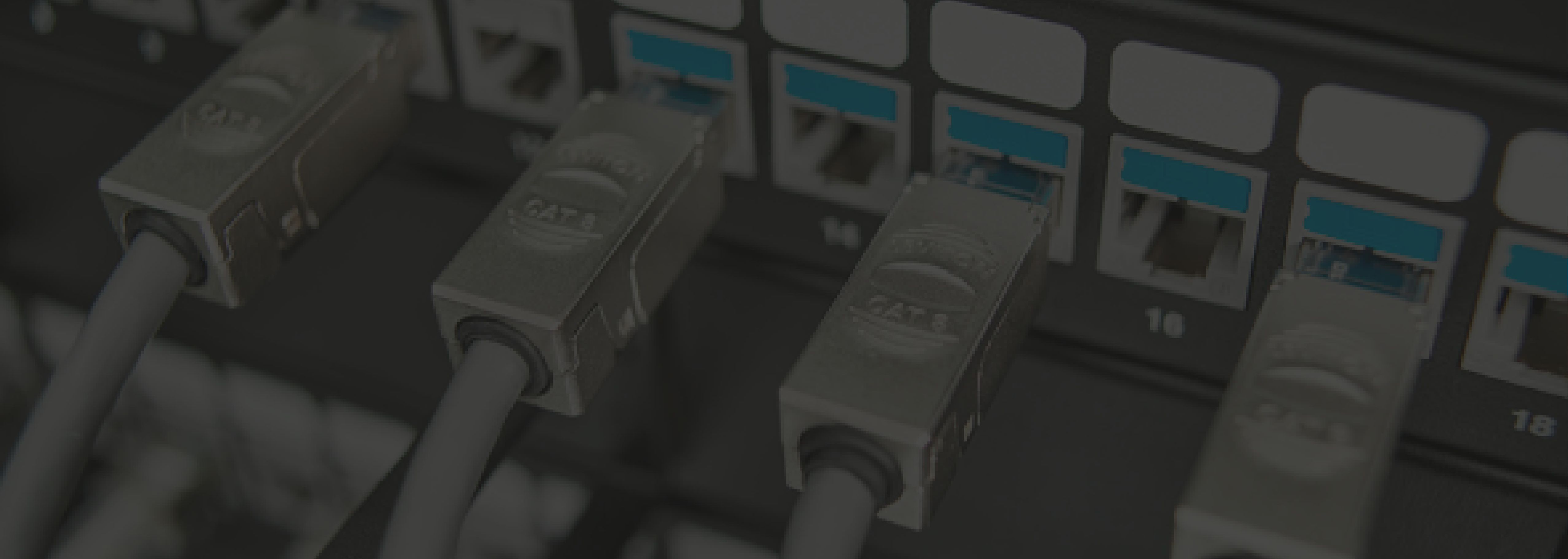Premium copper solutions or low cost alternatives?
9 August 2019
Copper
When it comes to specifying copper cabling for use in an intelligent building, are there any genuine advantages in using a premium solution over a low cost or budget alternative? If so, what are they and how can this decision affect the operational quality of the installed network infrastructure and its longevity?
Structured cabling has continually evolved and now connects not only business systems but also many building services systems. Not only does it provide a pathway for data but also extra-low voltage (ELV) power through the evolution of PoE.
Devices requiring Ethernet connection above the ceiling can now potentially equal the number used at floor level. In addition, wireless access points (AP) and associated networks have quickly developed to the high-performance enterprise-class IEEE802.11ac Wave2 AP devices we see today. With the additional PoE provision to CCTV, distributed AV (HDBaseT), and now PoE lighting and HVAC control, the case for a structured cabling ‘grid’ above ceiling is now being seen as a sensible infrastructure provisioning strategy by many network designers.
Zone architecture has not really taken hold in commercial office space in the UK, which means structured cabling needs to be home run and, consequently, link distances to SERs need to be considered. Cabling needs to be suitable to connect to any device for its lifetime. We now have a standard for modular plug terminated links (MPTLs), meaning links are certifiable and consistent to help ensure required performance standards are met. With Wi-Fi radio devices running at 2.5GHz and 5GHz it makes sense to deploy a high bandwidth cable such as Category 6A.
In addition to current carrying for PoE and bandwidth of the cable, we now have to ensure that the Construction Products Regulation (CPR) is met by using a Euroclass Cca cable or better. This relates to testing for flame propagation and spread, heat release, smoke, acid and flaming droplets. Using low cost cables can mean the cable fire performance when measured against its official declaration of performance (DoP) may be variable.
Quality brand named cables, where the original manufacturer’s name is on the DoP certificate, are more likely to be on top of the CPR third party testing process. There is also emerging evidence that cable on a reel performs more consistently to CPR type when compared to Reelex cable packaging. This is thought to be due to the distortion of the cable fillers and air spacing in the Reelex process.
